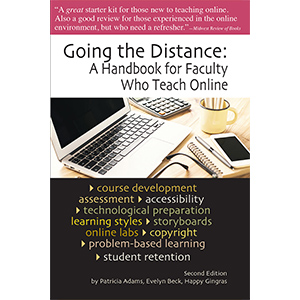The College Budget: There Isn’t Enough Money to go Around. Why Don’t Adjuncts Get It?

By Sandra Keifer
It’s good business, isn’t it? We’ve heard it a thousand——no, a million times, and we’re sick of it: the Wal-Mart model. The company that uses this model runs on the backs of hundreds or thousands of low-paid workers, lavishly rewarding executives and higher ed. administrators at the sharp point of the pyramid. Alongside the English ivy, diversionary wailing about the budget crunch creeps up the walls of our hallowed halls. (Of course, if the school cuts 90 percent of the adjuncts and gives those courses to full-time faculty, there may be a real budget issue—that’s another story.) Golly, there just isn’t enough money to go around. Why can’t adjuncts understand this simple concept?
Because we received the email.
It’s the email the admin forwarded (accidentally?) to ALL of the teachers—adjuncts and full-time faculty alike. It’s the email that described the college’s success in glowing terms along with the wonderful building projects, new degree programs, and general programs that were ahead. It described cost of living raises for full-time faculty, administrators, and custodians. It talked excitedly about new administrative positions that were coming to help the current army of administrators handle their finger-crushing workload. It may or may not have mentioned the IRS’s intention to establish health insurance requirements for adjuncts, and the school’s willingness to comply.
But it didn’t mention adjunct pay. Not once.
What does that mean? I asked a few of my colleagues, and if they didn’t simply shrug and turn away sadly, they said, “It means we’ve been overlooked again.”
 No soup for us—not even a spoonful.
No soup for us—not even a spoonful.
I know an adjunct who likes to use a simple sheet of printer paper to illustrate this situation. She holds up the paper in front of a group of adjuncts who have decided to work toward equity, loudly announcing, “This represents our college’s budget for 2013!”
Then, she tears it in half. After several rounds of halving and tearing, and explaining what portions are for the building program, maintenance, admin and faculty salaries, she is left with a section the size of a postage stamp.
“This,” she declares triumphantly, “is what is left over for the adjuncts—and they teach 80 percent of our courses.”
She finishes her illustration by piling all of the other papers on top of the poor little postage stamp.
Of course, this postage-sized piece of the budget goes to support what the college is all about: instruction—not greeting shoppers, hanging baby clothes, or stocking shelves with sports equipment. These instructors had to jump through a few more hoops than the average Wal-Mart worker (whom we certainly respect for her/his hard work in another field).
Perhaps many of the adjuncts will not see the email because they are too busy teaching an outrageous number of classes at multiple schools. Others may see it and not read it; others may read all or part of it and become discouraged. In the end, perhaps a group the size of a postage stamp may critically read and intellectually process the email. Will they share it with other adjuncts? Legislators? News sources? Will anyone pay attention to a postage stamp in the age of email and canceled Saturday deliveries? They might if that stamp represents 80 percent of instructors—all of whom deserve a fair and equal portion of soup.








